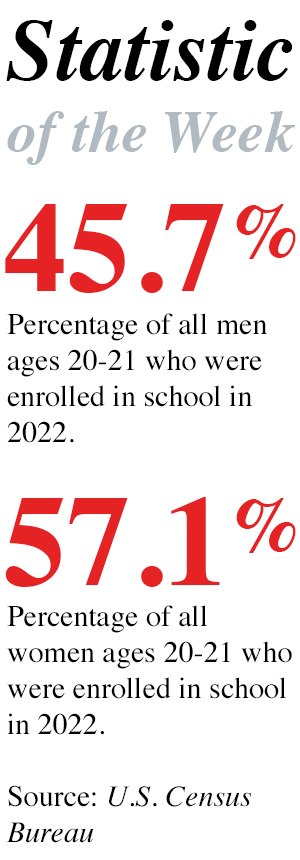How Women Lose Out in the Training of New Inventors
Posted on Sep 06, 2023 | Comments 0
A new study by Fiona Murray, a professor and associate dean for Innovation and Inclusion at the Sloan School of Management at the Massachusetts Institue of Technology, and Mercedes Delgado, associate professor of strategy and innovation at Copenhagen Business School and research affiliate at MIT, found that Ph.D. students’ advisors play a critical role in training new inventors. Faculty advisors who are themselves top inventors, serve as catalysts for encouraging their advisees to become new inventors through co-patenting. Four percent of Ph.D. students at the top 25 universities ranked by the number of new patents became new inventors, but when advised by a top inventor faculty member, the probability of them filing their first patent increased to 23 percent. However, an important finding in the research was that female STEM doctoral students are less likely to become new inventors compared to their male counterparts during the years of their training.
 “We found that the female share of new inventors was 9 percentage points lower than the female share of Ph.D. graduates in our university sample,” Dr. Delgado said. “This means that even early on in the career pipeline of Ph.D.s, there is an inventor gender gap higher than one would expect given the female share of STEM PhD students.”
“We found that the female share of new inventors was 9 percentage points lower than the female share of Ph.D. graduates in our university sample,” Dr. Delgado said. “This means that even early on in the career pipeline of Ph.D.s, there is an inventor gender gap higher than one would expect given the female share of STEM PhD students.”
To better understand this gap, the researchers focused on the role of faculty advisors, especially since advisors and Ph.D. students patenting together as co-inventors on work coming out of a lab is a key channel for advisees to learn how to patent and become new inventors. Faculty advisors who are themselves, top inventors, accounted for 44 percent of all new inventor Ph.D.s in the study’s sample — highlighting their key role in training the next generation of inventors — and the gender gap in the likelihood of first-patenting was exacerbated when a student’s advisor was not a top inventor.
 “To put this starkly: female Ph.D.s have a 21 percent lower likelihood of being matched with advisors who are top inventors than male Ph.D.s, and even when matched, are approximately 17 percent less likely than their male Ph.D. counterparts to become new inventors,” Dr. Murray explained. “This means there is a ‘leaky pipeline’ of female inventors-to-be even when these women make it into the labs of top inventor advisors at top universities. Not surprisingly, these findings have significant implications for inclusive innovation in STEM fields and more widely for the startups and large corporations who hire these talented students,” she continued.
“To put this starkly: female Ph.D.s have a 21 percent lower likelihood of being matched with advisors who are top inventors than male Ph.D.s, and even when matched, are approximately 17 percent less likely than their male Ph.D. counterparts to become new inventors,” Dr. Murray explained. “This means there is a ‘leaky pipeline’ of female inventors-to-be even when these women make it into the labs of top inventor advisors at top universities. Not surprisingly, these findings have significant implications for inclusive innovation in STEM fields and more widely for the startups and large corporations who hire these talented students,” she continued.
“By offering more opportunity and access to further training and experience with the patenting process and other entrepreneurial activities for all Ph.D. students, but especially for women, we will improve innovation throughout our economies at a time when this is especially important for national competitiveness,” Dr. Murray said.
Dr. Murray holds a master’s degree and a Ph.D. in applied sciences from Harvard University. Dr. Delgado earned a master’s degree in economics at Northwestern University and a Ph.D. in business economics from the Universidad Complutense de Madrid in Spain.
The full study, “Faculty as Catalysts for Training New Inventors: Differential Outcomes for Male and Female PhD Students,” was published in the Proceedings of the National Academy of Sciences. It may be accessed here.
Filed Under: Research/Study • STEM Fields








